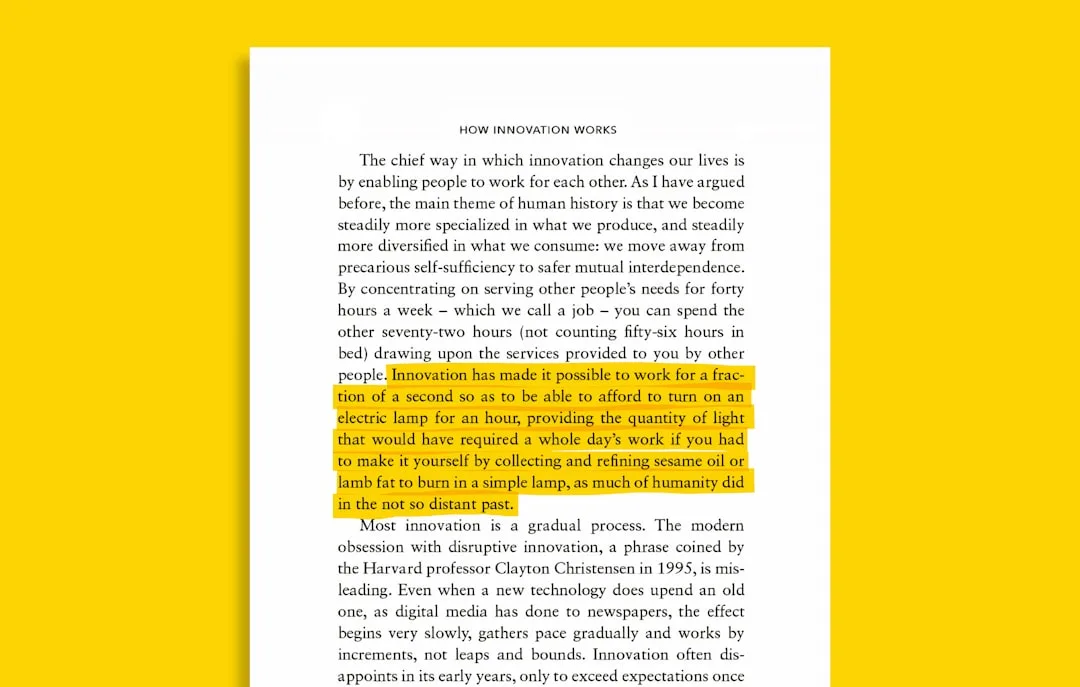
Newsletter Subscribe
Enter your email address below and subscribe to our newsletter

Enter your email address below and subscribe to our newsletter

Unlock Innovation: The Rise of Low-Code Development
The rapid evolution of technology has ushered in an era where the barriers to entry for app development are lower than ever. For startups, non-developers, builders, and solopreneurs, this means the power to innovate is now at their fingertips. Enter the world of low-code development — a revolutionary approach that enables anyone to create powerful applications without deep coding knowledge. This article will explore how low-code development is transforming the landscape, offering real-world examples, platform walkthroughs, success tips, and practical use-case checklists.
Startups often face the dual challenge of limited budgets and the need for rapid deployment. Traditional development methods can be time-consuming and expensive, requiring skilled developers and significant resources. Low-code platforms, on the other hand, offer a solution by drastically reducing both development time and cost.
For instance, Bubble allows users to build fully functional web applications through a visual interface. A startup aiming to launch a Minimum Viable Product (MVP) can leverage Bubble to prototype and iterate quickly, saving both time and money. This flexibility enables startups to test their ideas in the market faster, gather user feedback, and make necessary adjustments without the heavy financial burden.
Bubble provides an intuitive drag-and-drop interface where users can create web apps without writing a single line of code. From designing the UI to managing data workflows, Bubble caters to all aspects of app development. The platform’s robust plugin ecosystem further extends its capabilities, allowing integrations with various APIs and services.
Tutorial: Building a Simple To-Do App in Bubble
1. Set Up Your Project: Start by creating a new project in Bubble. Choose a template or start from scratch.
2. Design the Interface: Use the drag-and-drop editor to design the layout. Add input fields for tasks and buttons for functionality.
3. Create Workflows: Set up workflows for adding, editing, and deleting tasks. Bubble’s logic-based workflow editor simplifies these processes.
4. Test and Deploy: Once satisfied with the design and functionality, test your app and deploy it directly from the Bubble platform.
Retool focuses on building internal tools. It offers a platform where users can quickly build dashboards, admin panels, and other internal applications by connecting to databases and APIs. Retool’s drag-and-drop interface and pre-built components allow for rapid development and deployment.
Use Case: Creating an Admin Dashboard
– Connect Data Sources: Integrate your existing databases and APIs with Retool.
– Design the Dashboard: Use pre-built components to create tables, charts, and forms.
– Deploy and Iterate: Deploy your dashboard and make updates as needed with minimal effort.
Softr enables the creation of web apps and websites using Airtable as a backend. This makes it ideal for those who want to build directory sites, marketplaces, and client portals without coding.
Example: Building a Directory Site
– Choose a Template: Start with a Softr template that suits your needs.
– Customize: Use the visual editor to customize the design and functionality.
– Connect Airtable: Link your Airtable base to manage data seamlessly.
For those interested in further automating their workflows, check out our detailed guide on Automating Business Processes with Low-Code Platforms.
The convergence of low-code and AI is an exciting development. As AI becomes more accessible, integrating it with low-code platforms can further lower the entry barriers and enhance functionality. However, some developers remain skeptical, citing concerns over code quality and long-term scalability.
Explore our Startup Toolkit to find more resources and tools to kickstart your journey with low-code development. For a comprehensive comparison of low-code platforms, visit our Platform Comparison Post.
Low-code development is not just a trend; it’s a shift in how we approach building technology. By embracing these tools, startups and solopreneurs can unlock unprecedented levels of innovation and efficiency.